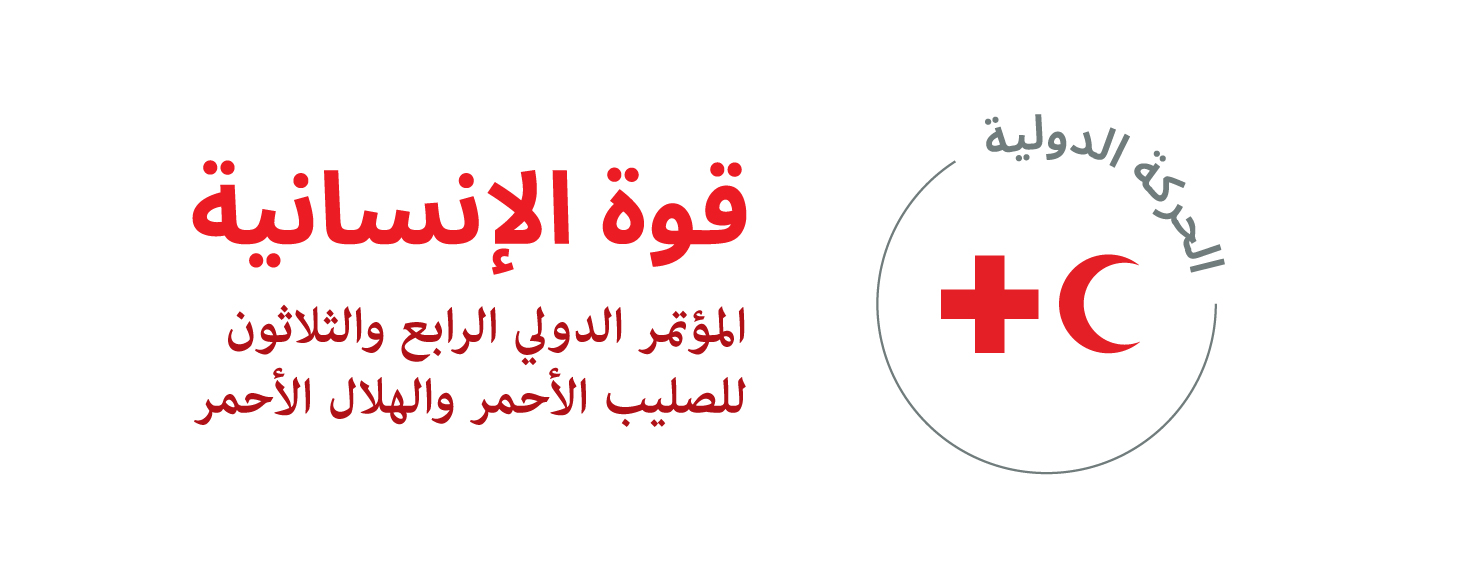أ) أهداف التعهد
—
ب) خطة العمل:
1. Join the Risk-informed Early-Action Partnership
– The Red Cross Society of the Democratic People’s Republic of Korea (DPRK RCS) expresses intention to join the Risk-informed Early Action Partnership which seeks to make one billion people safer from disasters by greatly expanding early action financing and improving early warning systems and the capacity to act on the risks they identify.
– The DPRK RCS commits to contributing to the following REAP targets.
2. Ensure that disaster risk reduction (DRR) and climate change adaptation (CCA) are integrated into relevant laws, policies, strategies and/or plans at the local and national level
– The DPRK RCS shall ensure that the revision of the Law on the Red Cross Society of the Democratic People’s Republic of Korea and the formulation and implementation of its 2030 Strategy be conducted with the main stress on the climate change adaptation and environmental protection in line with its activities being held in close relationship with climate change adaptation and environmental protection.
– The DPRK RCS shall strengthen its workforce’s understanding of existing law and policy on disaster risk management and climate change adaptation by developing training opportunities at the national, regional and local level
– The DPRK RCS shall strengthen public understanding of the rights, roles and responsibilities of different actors under existing law and policy on disaster risk management and/or climate change adaptation by
– including information in relevant training on disaster risk management, climate change adaptation, first aid and humanitarian education.
– developing and disseminating apps on personal safety and security in emergency and first aid that the people should be aware of and introduce into their daily life.
– Enhancing the role of communication in disseminating the importance of early warning and early action through media coverage.
3. Increase the coverage and effectiveness of climate services and early warning systems to enable early action in “last-/first-mile” communities
– The DPRK RCS shall increase the number of communities that have community-based/-led early warning systems and ensure they are connected to national-level early warning early action systems.
– The DPRK RCS shall strengthen the partnership between the National Society and the State Hydro-meteorological Administration with the ambition to better serve the most vulnerable and hard-to-reach communities.
– The DPRK RCS shall regularly review early warning and early action systems and procedures in high-risk areas by:
– ensuring early warning messages shared with communities are user-friendly and clear.
– including impact-based information to the extent possible
– testing new approaches and tools for collecting and disseminating local risk information to enable better decision-making and planning at the community level (including participatory approaches) and adapt systems and procedures according to community feedback.
– The DPRK RCS shall undertake community risk assessments using the enhanced vulnerability and capacity assessment (EVCA) methodology and contingency plans in 25 at-risk communities using scientific climate predictions and bring results into local and national level planning.
– The DPRK RCS shall install its proper Red Cross Emergency Operation Centre for smooth and rapid early warning and early action and ensure awareness raising activities on climate change and environmental protection including climate change adaptation and green response held actively with the Operation Centre as its axis.
¨Scale up access to predictable financing for early action
– The DPRK RCS shall increase investments in anticipatory financing, such as forecast-based financing by:
– matching investments made in early warning systems with investments towards early action in last-mile communities
– integrating early action funding into disaster risk management budgets at the national, sub-national and community levels.
– The DPRK RCS shall allocate additional funds to the sub-national and local level for activities to reduce disaster risks and adapt to climate change, with a focus on the most vulnerable and at-risk communities.
4. Establish new or improved heatwave early warning systems connected to longer-term risk management systems
– The DPRK RCS commits to establishing heat early warning systems and implementing heat guidance in 3 cities.
– The DPRK RCS shall expand the number of heat action plans on the basis of research to identify appropriate local heat health thresholds
– The DPRK RCS shall strengthen health systems so that they are able to absorb and respond to increased demand as a result of extreme weather events, including heatwaves, by training volunteers, community health workers and frontline health providers to recognize and respond to symptoms of heat stress.
5. Scale up community-based ecosystem- and nature-based solutions which can contribute to disaster risk reduction, climate change adaptation and climate mitigation
– The DPRK RCS shall increase advocacy and awareness-raising around nature-based solutions, promoting increased action within the National Society.
– The DPRK RCS shall expand ecosystem-based disaster risk reduction and adaptation activities in 40 vulnerable and at-risk communities.
– The DPRK RCS shall strengthen, as an auxiliary to the government, the relationship with the governmental organizations concerning the disaster management, climate change adaptation and environmental protection and the advocacy on these issues.
ج) مؤشرات قياس التقدم المحرز
– Drafting, adoption, revision or updating of new legislation/regulations/policies/rules integrating disaster risk reduction and climate change adaptation
– Existence of a governmental forum where CCA, DRR and humanitarian response are discussed, including all relevant government departments and the National Society
– Number of communities where community-led early warning systems are established or improved
– Number of early action plans/protocols developed outlining clear triggers for action and appropriate early actions
– Number of new or strengthened partnerships with hydrometeorological agencies and scientific institutions
– % of investment in CCA/DRR that goes to the community level
– Climate financing proposals developed jointly between the National Society and government
– Establishment or improvement of heat early warning systems and heat plans in towns and cities
– Number of vulnerable and at-risk communities where relevant ecosystem-based disaster risk reduction and adaptation activities are ongoing
د) الآثار المترتبة على الموارد:
—




